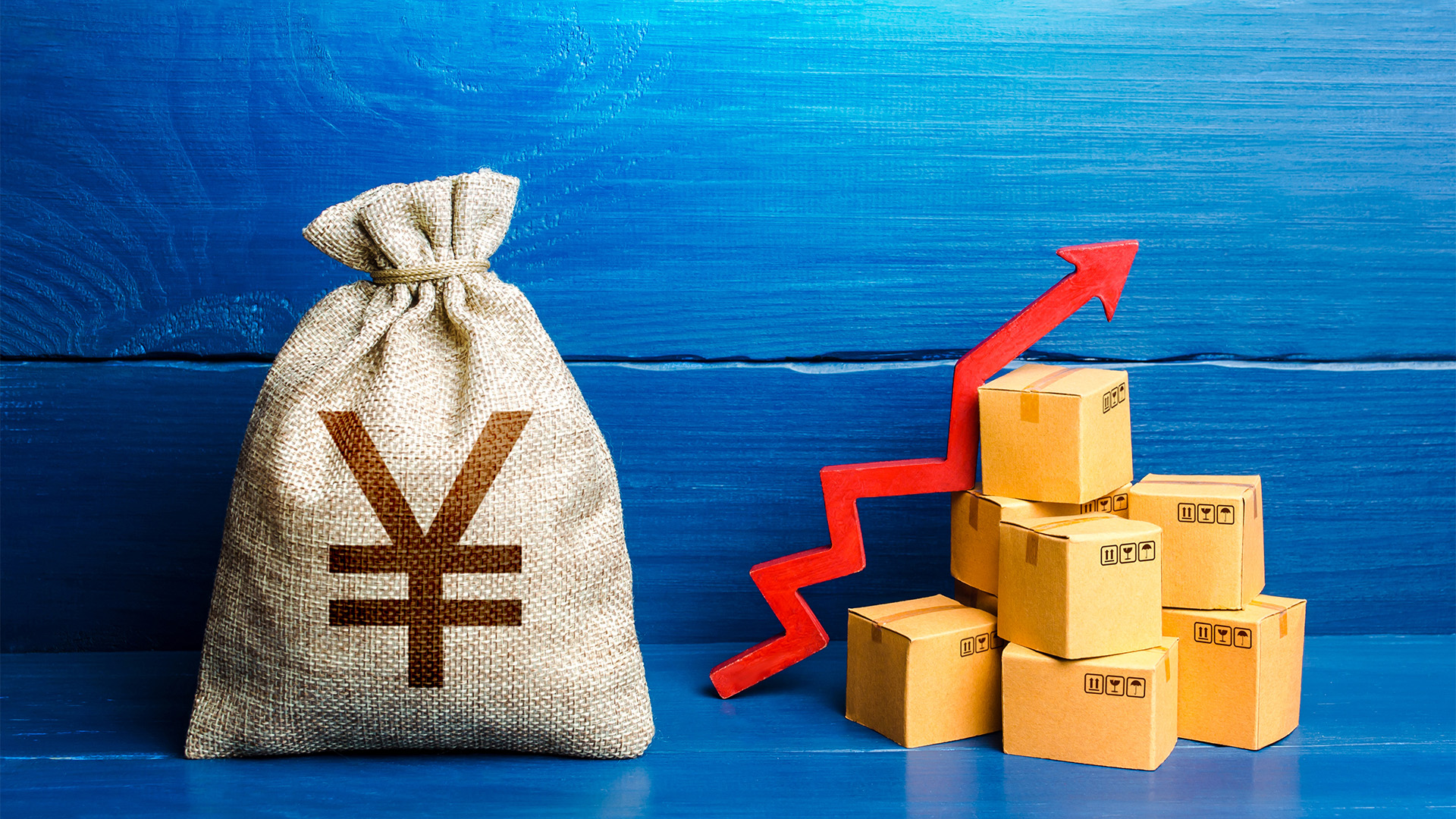Last week, JPMorgan Chase CEO Jamie Dimon said the American economy was booming, and consumer spending continued to be resilient. He told the Economic Club of New York that the economic boom is “unbelievable”. "Even if we go into recession, the consumer's still in good shape," he said. Still, he reiterated caution about the potential economic impact of deficit spending, inflation, and geopolitical conflicts — such as Ukraine and the Middle East.
Thursday saw a truncated sell-down after the first estimate of US economic growth in the March quarter came in slower than forecast at an annual 1.6% (instead of a high 2.5% market estimate) and more signs that inflation remains highish — though not as high as a year ago.
But that was reversed on Friday, with a strong rebound even as the last inflation reading produced a conflicted reading by investors. The personal consumption expenditures price index, excluding food and energy, increased 2.8% from a year ago in March, the same as in February. That was above the 2.7% market estimate.
And this week sees the Fed meeting, with a press briefing on Thursday morning, Sydney time and the April jobs data — around 250,000 new positions and an unchanged unemployment rate of 3.8%.
Friday’s inflation report wasn't all that bad. Including food and energy, the all-items PCE price gauge increased 2.7%, compared with the 2.6% estimate. On a monthly basis, both measures increased 0.3% — as expected, and equaling the increase from February.
The market rebound told the story, and it was striking how quickly investors changed from gloom on Thursday to boom on Friday. Gone were the headless chooks yapping about looming "stagflation" and the need for more rate rises.
And when you looked into the data, the underlying data was again very solid — especially consumer spending. The weak result came from two very volatile areas — trade and business inventories. They combined in a surprisingly high level of subtraction growth of 1.2 percentage points because of a surge in imports and a fall in business inventories, which could easily reverse next quarter (which is now) or the next.
Consumer spending drove the bulk of the increase in the first quarter, contributing 1.7 percentage points, helped by a boost from fixed investment, as housing investment surged 14% and contributed half a percentage point to growth and non-residential investment added 0.4 of a point. Surprisingly, government spending added a small 0.2 of a point.
So what does this mean? Well, economists at Moody’s Analytics said the US economy "is at full employment, with unemployment steadfastly below 4%, and growth remains close to the economy’s potential, with real GDP tracking close to 2%.” Job growth continues to surprise, and consumers are growing their spending. Businesses are doing their part as well.
"Inflation remains the sole blemish. Though growth will struggle to reach potential for a season, recession risks have declined as the economy remains resilient."
And looking ahead, Moody’s economists said, "Prospects are good that the economy will perform well this year. Consumers are doing their part and spending just enough to support broader economic growth."
"After-inflation incomes and thus consumers’ purchasing power are improving, supported by the strong job market. Still-substantial excess savings built up during the pandemic by middle- and especially high-income households continue to support spending, giving consumers cash to spend as their wealth rises.
"While inflation remains a concern, drivers appear to be in place to push inflation lower despite its uptick at the start of the year. Until that happens, however, risks remain."
Fed officials have made it clear they will not cut interest rates until inflation is definitively headed back to their target. And with rates as high as they are, and the Treasury yield curve inverted and pressuring the financial system, it is premature to conclude the economy has soft-landed.
"Adding to the concern is the fact that growth is slowing. The recent pace of growth was unsustainable as high interest rates take an increasing toll, inventory accumulation remains modest, and the saving rate stops dropping.
"Growth should stop declining, but it will remain modest given the number of weights in place. Beyond high interest rates these include little if any fiscal support; struggles of some groups of consumers, especially at the lower end of the income distribution who are receiving less government support and have started repaying student loans; and uncertainty caused by higher energy prices and the conflicts and transportation issues in the Middle East and Ukraine,” Moody’s Analytics said in their Friday note.
And Vanguard, the huge US investment group, has a slightly different take — their analysts think rates might not be cut this year, as the firm’s global head of portfolio construction, Roger Aliaga-Diaz said on Friday:
"Sticky core inflation as reflected in today’s Personal Consumption Expenditures index reading for March underscores Vanguard’s belief that the Federal Reserve may find it’s unable to cut interest rates this year. We’ve long held that the neutral rate of interest — the theoretical rate that neither stimulates nor restricts an economy — is higher than many may believe.
"The ultra-low interest rates of the pre-COVID era are history,” he wrote in a short note.














